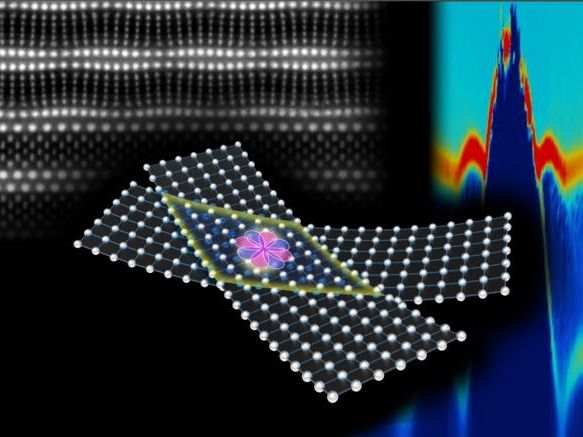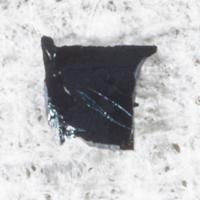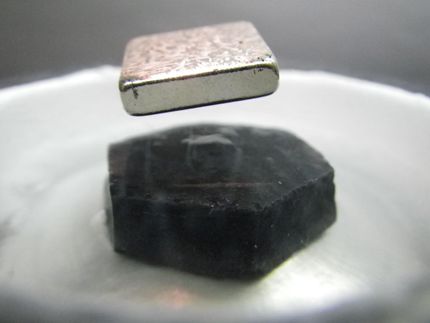High-temperature superconductors, with a twist?
Fabrication method could facilitate materials discovery
superconductors have intrigued physicists for decades. But these materials, which allow the perfect, lossless flow of electrons, usually only exhibit this quantum-mechanical peculiarity at temperatures so low – a few degrees above absolute zero – as to render them impractical.

Graphical representation of the stacked, twisted cuprate superconductor, with accompanying data in the background.
Lucy Yip, Yoshi Saito, Alex Cui, Frank Zhao
A research team led by Harvard Professor of Physics and Applied Physics Philip Kim has demonstrated a new strategy for making and manipulating a widely studied class of higher-temperature superconductors, called cuprates, clearing a path to engineering new, unusual forms of superconductivity in previously unattainable materials.
Using a uniquely low-temperature device fabrication method, Kim and his team report in the journal Science a promising candidate for the world’s first high-temperature, superconducting diode – essentially, a switch that makes current flow in one direction – made out of thin cuprate crystals. Such a device could theoretically fuel fledging industries like quantum computing, which rely on fleeting mechanical phenomena that are difficult to sustain.
“High-temperature superconducting diodes are, in fact, possible, without application of magnetic fields, and open new doors of inquiry toward exotic materials study,” Kim said.
Cuprates are copper oxides that, decades ago, upended the physics world by showing they become superconducting at much higher temperatures than theorists had thought possible, “higher” being a relative term (the current record for a cuprate superconductor is -225 Fahrenheit). But handling these materials without destroying their superconducting phases is extremely complex due to their intricate electronic and structural features.
The team’s experiments were led by S. Y. Frank Zhao, a former student in the Griffin Graduate School of Arts and Sciences and now a postdoctoral researcher at MIT. Using an air-free, cryogenic crystal manipulation method in ultrapure argon, Zhao engineered a clean interface between two extremely thin layers of the cuprate bismuth strontium calcium copper oxide, nicknamed BSCCO (“bisco”). BSCCO is considered a “high-temperature” superconductor because it starts superconducting at about -288 Fahrenheit – very cold by practical standards, but astonishingly high among superconductors, which typically must be cooled to about -400.
Zhao first split the BSCCO into two layers, each one-thousandth the width of a human hair. Then, at -130, he stacked the two layers at a 45-degree twist, like an ice cream sandwich with askew wafers, retaining superconductivity at the fragile interface.
The team discovered that the maximum supercurrent that can pass without resistance through the interface is different depending on the current’s direction. Crucially, the team also demonstrated electronic control over the interfacial quantum state by reversing this polarity. This control was what effectively allowed them to make a switchable, high-temperature superconducting diode – a demonstration of foundational physics that could one day be incorporated into a piece of computing technology, such as a quantum bit.
“This is a starting point in investigating topological phases, featuring quantum states protected from imperfections,” Zhao said.
Original publication
Other news from the department science

Get the chemical industry in your inbox
By submitting this form you agree that LUMITOS AG will send you the newsletter(s) selected above by email. Your data will not be passed on to third parties. Your data will be stored and processed in accordance with our data protection regulations. LUMITOS may contact you by email for the purpose of advertising or market and opinion surveys. You can revoke your consent at any time without giving reasons to LUMITOS AG, Ernst-Augustin-Str. 2, 12489 Berlin, Germany or by e-mail at revoke@lumitos.com with effect for the future. In addition, each email contains a link to unsubscribe from the corresponding newsletter.




























































